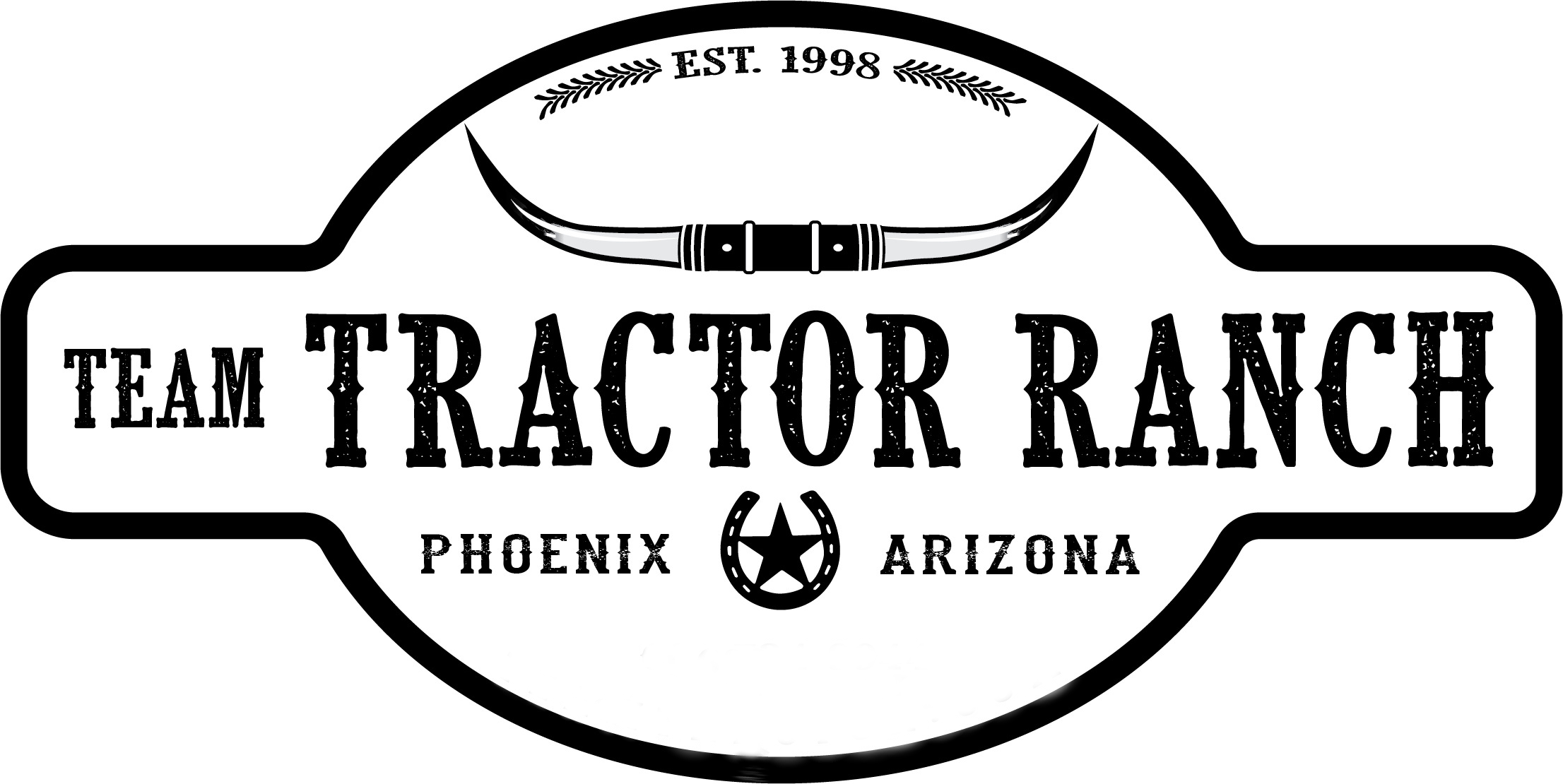How Do I Care for a Stabled Horse?
We want to help you understand how to care for a stabled horse.
And as a quick aside --- we are here to help you purchase a new tractor when the time is right.
Let’s get started on our journey.
Stabled Horse
Horses do not typically live in a stable all day and all night. That is not practical or healthy.
When we refer to a “stabled” horse --- we are talking about horses and ponies that have access to a stable. Some are inside at night, and outside all day in the winter. Then they may be outside at night and inside during the day in the summer. Weather and other situations will likely influence this.
Here are a few basic tips for taking care of stabled horses.
Stable
First and foremost a stable must be safe and suitable for your horse or pony.
All the following sizes are minimum sizes.
A standard size stable is 10’ ×12’ for ponies. Some breeds can use a slightly smaller stable such as a Shetland or tiny pony.
You can go with a 12’ x 12’ stable for horse and cobs.
For larger horses, go with at least a 12’ × 14’ stable.
Foaling stables should start at 12’ × 16’.
You also need to go with a bigger stable if grazing is restricted and the horse needs to spend more time inside.
Stables should be well-ventilated --- but not drafty. They need to be free from any sharp objects or protrusions. Height is also important. You do not want your horse to bang its head.
Finally make sure you have enough storage space for hay, feed, bedding, and other supplies.
Monotony
Boredom can be a problem for horses that spend a lot of time in a stable.
Feeding in small-holed haynets will help them take longer to eat. Haynets do have issues though. The natural eating position for a horse is at ground level. This is better for their respiratory system.
You can also get them stable toys and boredom breakers (carrots and veggies hung from a rope).
Exercise
Horses need to stretch their legs to prevent stiffness and boredom.
You can help get them exercise with hand grazing, horse walkers, lunging, in-hand and ridden work.
Mucking
You must keep the stable clean.
Whether you love doing it or hate it --- it must be done daily.
The main thing is to clear out all the droppings and wet patches. Then you must make the bed thick enough for the horse to lay down on. The bed must have enough padding to protect the joints, and it must have raised banks around the edges to stop them from getting cast (laying down or rolling over too close to the wall and getting stuck).
Here one method for mucking out your horse’s stable:
1. Using your fork, remove the manure and wet or soiled bedding. You may find it easier when working with straw, to pile the clean bedding on one side of the stall. Pile it away from the horse.
2. If you are cleaning out sawdust or shavings --- scoop the manure up with the fork and shake to release the excess sawdust so that all that will be left on the fork is the waste.
3. Remove any stray bits of hay.
4. With sawdust and shavings --- use your shovel to remove any wet patches.
5. Once the stall is clean, you need to replace the bedding with fresh material.
6. Rake the bedding so that it slopes up the walls. This will help to prevent the horse from getting cast (rolling and getting stuck against the wall).
7. Take the dirty bedding and manure to the manure pile/muck heap.
8. Sweep up outside the stall.
9. Sprinkling lime or detergent onto the floor will assist in keeping odors and bacteria to a minimum.
Watering / Feeding/Watering
Horses must have a constant supply of fresh water.
A large flexible, plastic/rubber bucket (with no hazardous metal handles) is a good option. For convenience --- automatic drinkers are a great option --- although you can’t monitor how much the horse is drinking.
There is much more to learn --- but this was a good start to better understanding how to care for a horse that regularly goes in and out of a stable. Hopefully, this brief article has helped you a bit.
If you need any further help, or have any questions about rural living, tractors, or anything else, please contact your dealer, local mechanic, or call us at 602-734-9944. Please ask about our current new and used tractor supply.
Team Tractor Ranch - #1 Tractor Dealer in Arizona. We sell and service most major brands of tractors including Yanmar, Kubota, John Deere, TYM, Mahindra, Kioti, Case, New Holland, Massey Ferguson, Ford, Deutz, Case IH, Farmall, International Harvester, Branson Tractors, LS, Shibura, Claas Tractor, McCormick Tractors, Valtra, Solis, YTO, Montana, and Nortrac.





